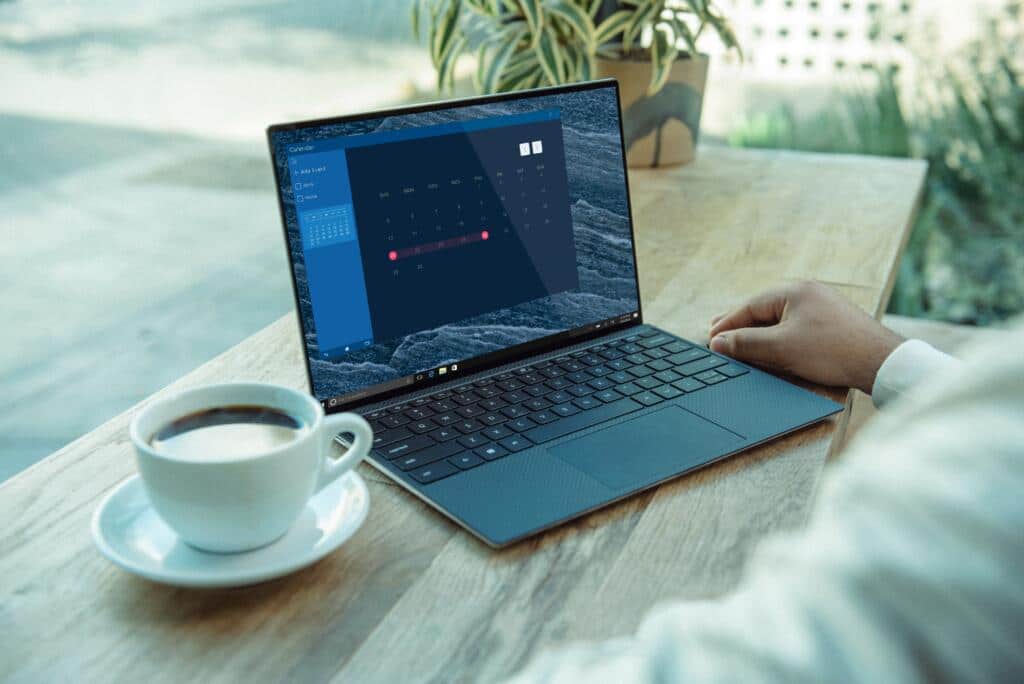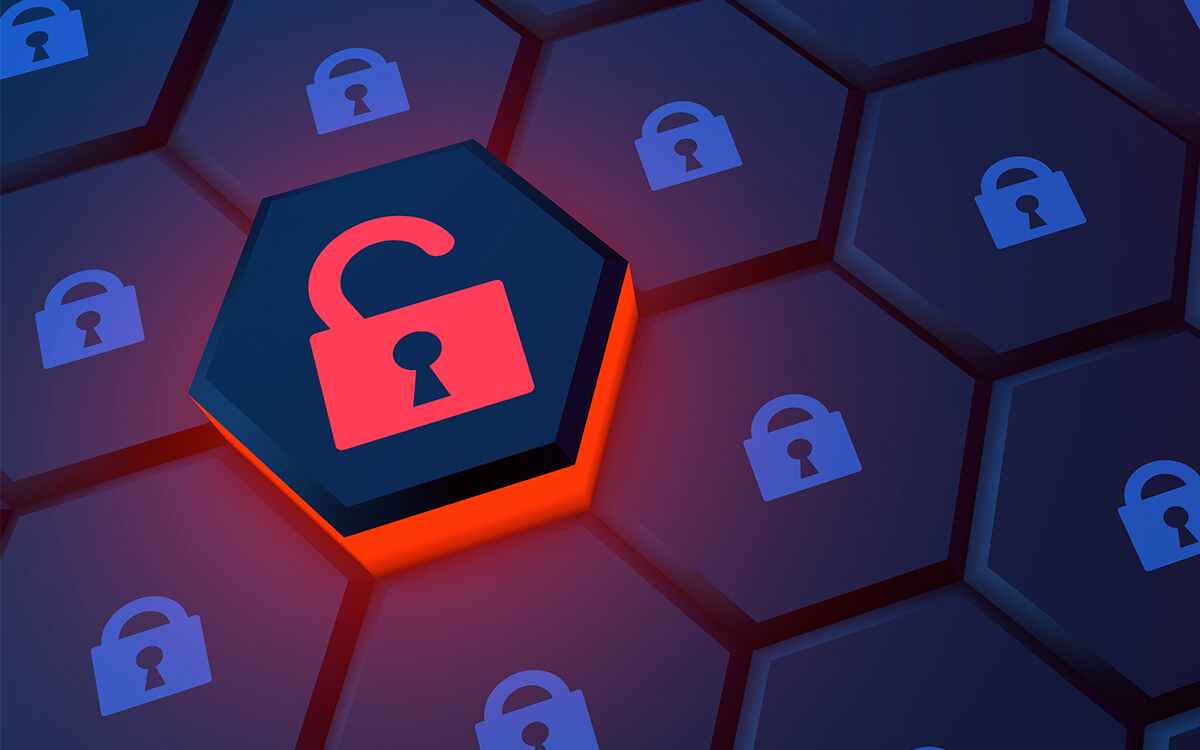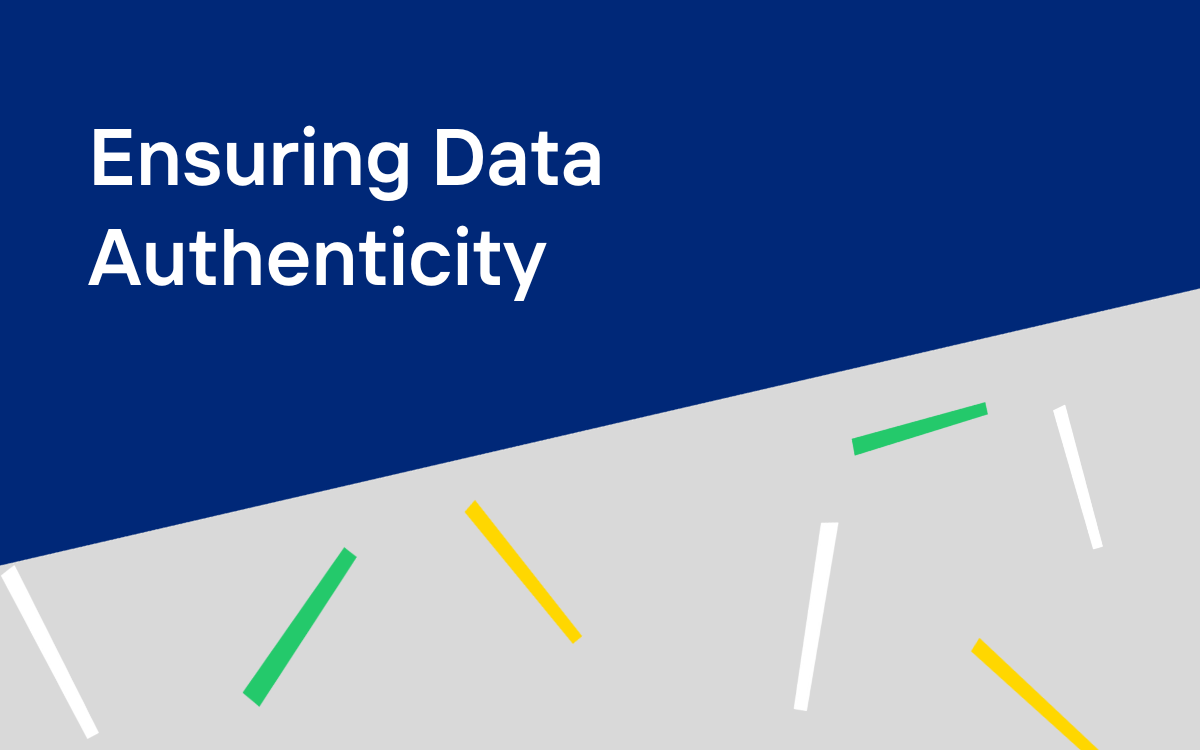An Internet bot refers to any type of software application that has been designed for the purpose of automating a lot of the mundane and tedious tasks that we do online. They have become a key part of what makes the Internet tick, and they are now used by a lot of Internet tools and applications.
For instance, bots are used by travel aggregators so that they can continually check and gather data regarding available hotel rooms and flight details, ensuring that users benefit from the most accurate and up-to-date information. This means that users do not need to go through the hassle of checking websites individually.
Another example is Google relying on search engine bots in order to crawl through content on the web and index data. Bots will go through millions and millions of web page text to locate and index terms that such pages contain. Therefore, when a user looks for a specific term, the search engine is going to know what pages feature that specific data.
However, not all bots are good, and in this guide, we are going to focus on bad bots, and what makes them so difficult to detect. So, let’s take a look.
What are bad bots?

Generally speaking, bot activity is something that the vast majority of businesses and organizations have been dealing with for years now. Nevertheless, what we do need to worry about is the traffic that comes from these “bad bots” – the bots that have been utilized by malicious actors for the purpose of fraud and hacking campaigns.
Some of the most common uses for bad bots are as follows:
- Distributed denial-of-service attacks – Malicious bots can be used for the purpose of overwhelming a server or network with immense amounts of traffic. Once the allotted resources have been used up, applications, and sites hosted or supported by the network will not be accessible to legitimate users.
- Spam – Bots can also interact with buttons and forms automatically on social media pages and websites for the purpose of leaving false product reviews, phoney comments, or making automated purchases to past product limits for high demand events.
- Digital ad fraud – Aside from the examples mentioned above, attackers can also game Pay-Per-Click (PPC) advertising campaigns by using bots to “click” on the ads on a page. Unscrupulous website owners can then make money on these fraudulent clicks.
- Credential stuffing and brute-force logins – Malicious bots can also interact with pages that have log-in forms on them for the purpose of trying to get access to the websites by using various password and username combinations.
- Price scraping – Attackers can also scrap product prices from e-commerce websites so that businesses can use this information for the purpose of undercutting the competition.
- Website scraping – Aside from this, malicious attackers can steal website content by crawling websites and copying all of the content. Fraudulent or fake websites can utilize stolen content to come across as legitimate and trick visitors.
- Data harvesting – Apart from stealing the complete content from a website, bots can also be used for the purpose of harvesting very specific data, including contact, financial, and personal information that can be found online.
Bad bots are hard to detect because attackers are getting more sophisticated
As you can see, there are many different ways that bots can be used for malicious purposes, and this makes bot detection for them very challenging. However, this is not the only reason why it is so difficult to detect these sorts of attacks.
Attackers are now becoming more creative and sophisticated in the way that these tools are used. To begin with, they are designing bots that have the capability to circumvent traditional bot mitigation solutions, therefore, making them a lot more challenging to detect. Some enterprising parties have even created services that seem legitimate but are not out of these bad bots. Bots can be used for the purpose of aiding buyers to get ahead of queues when transactions are time-sensitive, for example, purchasing event tickets or buying a limited edition product.
Attackers are able to perform these activities on a very large scale because they can use massive botnets, which are networks that consist of devices that have the capability to run bots. A lot of these devices have been compromised as a result of prior hacks. The Mirai botnet, for example, which has been responsible for a number of very big denial-of-service attacks, is made up of tens of thousands of compromised Internet-of-Things (IoT) devices, for example, routers and IP cameras.

How to recognize bad bots
There is no denying that there can be very severe consequences if an organization falls victim to bad bots. Not only will it consume your computer resources, but bot traffic can have a negative impact on business performance. For example, price scraping can leave your company at a significant disadvantage when it comes to the competition. Moreover, your search rankings can be negatively impacted due to content scraping. Also, spam can have an impact on your credibility and your brand image. This merely scratches the surface of why it is imperative to take bad bots seriously and do everything in your power to protect your business from them.
However, as bad bots are difficult to detect, this can be easier said than done. Therefore, recognizing the issue is the first thing that you need to focus on. IT teams can evaluate their networks to determine whether or not bots are attacking them by reviewing traffic and taking a look at website analytics. The performance of your business can also help you to indicate whether or not malicious bot activity is a problem. For example, if your conversion rates have suddenly dropped for your e-commerce websites can allude to price scraping.
How can we fight back against bad bots?
There are a number of different steps that you need to take to make sure that your business is protected from bad bots. It is important that you put effective cybersecurity measures in place that will help to protect your respective infrastructure. Some of the best practices that we would advise you to implement are as follows:
- Deploy strict access controls – There is only one place to begin, and this is by making sure that you have strict and stringent access controls in place. Utilizing identity and access management (IAM) comes highly recommended, as it enables administrators to strictly define which resources within the network can be accessed by certain user accounts. By doing this, even if there is an occasion whereby a bot cracks the credentials of one of your accounts, the access that the hacker gains is going to be very limited, and so this is going to minimize the impact of the attack overall.
- Client interrogation – Here at Kasada, client interrogation is a critical part of what we do. We thoroughly inspect every client request for immutable evidence of automation left by bots when they interact with applications. This inspection process is invisible to humans, searching for everything from automation frameworks to headless browsers. We will use inference to determine if the request has come from a bad bot, a good bot, or a human, and we do this without any requests needing to be let in. We also obfuscate sensors using our own polymorphic method to deter reverse engineering attempts, which is something you won’t find with other providers.
- Adopt network protection solutions – Aside from this, another option to consider is adopting network protection solutions. These solutions have the capability to identify and block bots in accordance with their signatures, origins, and behaviors. Some industry-leading solutions today now have the capability of stopping massive DDoS attacks from any downtime happening to websites under the protection. When it comes to any sort of cyber protection solution, it is always best to make sure that you do not go for the cheapest or lowest quality option on the market. You need to choose the most robust and effective solution for you.
- Use challenges to determine bot traffic and human users – Furthermore, you should put different measures in place so that human users and bot traffic can be distinguished from one another. You may be thinking that this is something that you have seen on a lot of different websites today, especially sites that get a lot of traffic and event ticket websites whereby people try to illegally purchase tickets through the use of bots. However, clicking on all of the yachts or motorbikes is not sufficient. CAPTCHA is simply outdated. It is worth pointing out that the bots today are incredibly advanced, and this is why using cryptographic challenges that demand user validation or human input comes highly recommended. This means that clients need to solve increasingly difficult asymmetric cryptographic challenges as proof of work.
Use robots.txt – Last but not least, another solution that we highly recommend is the use of a robots.txt file, which can be placed on your site’s index to stop bots like search engine crawlers from overloading it with requests. The file will pretty much tell the bot what pages are to be incorporated in the crawl. Nevertheless, it is critical to note that using robots.txt only is going to aid with most legitimate crawls that support these directives and it will not necessarily keep the bad bots away. Nevertheless, this could still help to stop crawlers that are overly aggressive from taking your website down.
Continue to monitor and test your applications
It is vital to make sure that you continue to monitor and test all of the security measures that you have implemented. Faulty implementation and misconfiguration can happen. As a consequence, attack simulations and penetration testing should be performed on a routine basis to make sure that the measures have worked as you intended them to. Adopting the most expensive solutions and tools will only be a waste of money if you do not make the effort to ensure that they are implemented correctly.
It is also critical to make sure that you test your measures in relation to your company goals and the impact they have on them. It is important to get the balance right. You do not want to implement measures that take you further and further away from your business goals. Bot detection that has not been configured well can stop good bots from getting through as well, which means your business’ performance is going to suffer. For example, if you use tools that block search engine crawlers this can result in your website’s ranking tanking. Moreover, if a website relies on partnerships with aggregators to drive their company, inadvertently blocking these tools can cause your service to fall apart altogether. This is why implementation is critical when it comes to these measures at your business.
Final words on bad bots and why they are so hard to detect
So there you have it: everything that you need to know about bad bots, why they are so difficult to detect, and the many reasons to use bot detection. We hope that this has helped you to understand bad bots and bot management in more detail. If you are worried about the impact that bad bots could have on your organization, the best thing to do is get in touch with our team today for more information. We will be more than happy to assist you in any manner we can.





